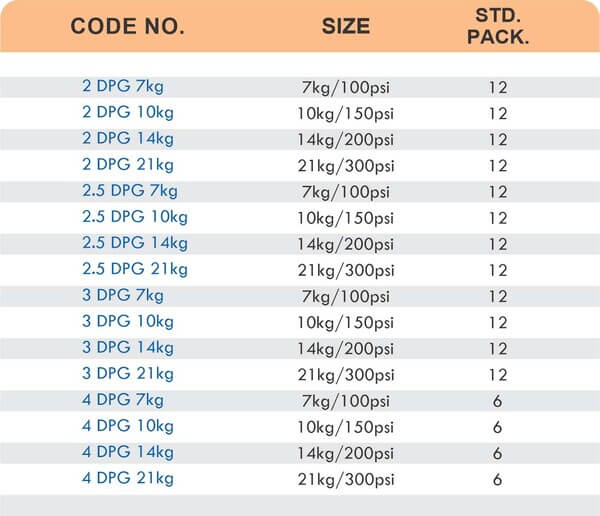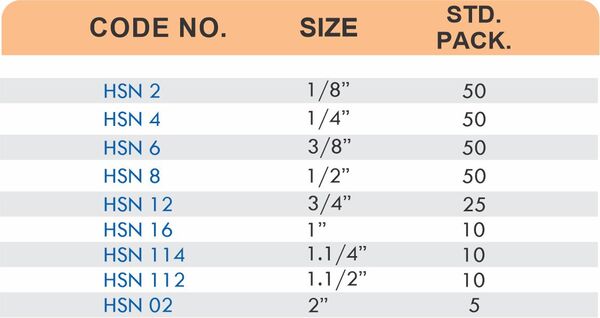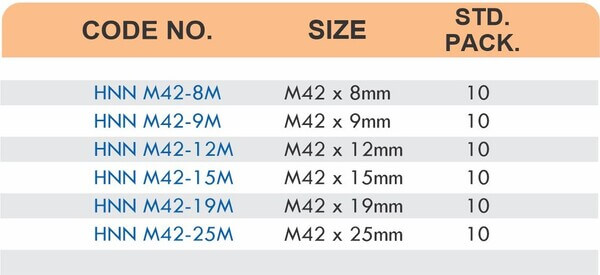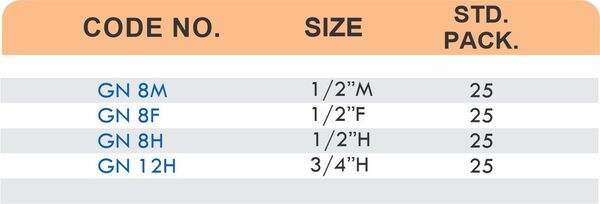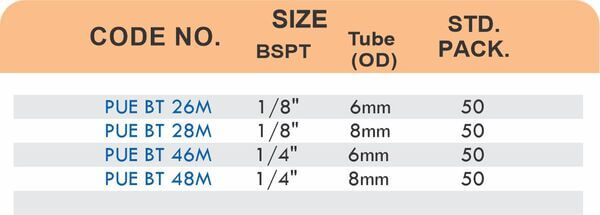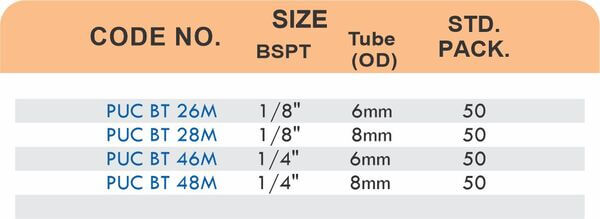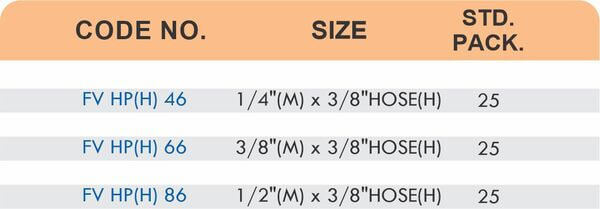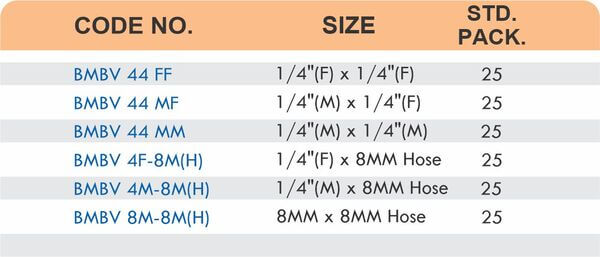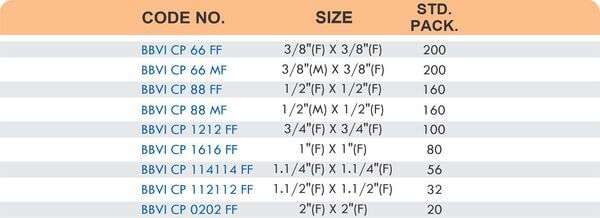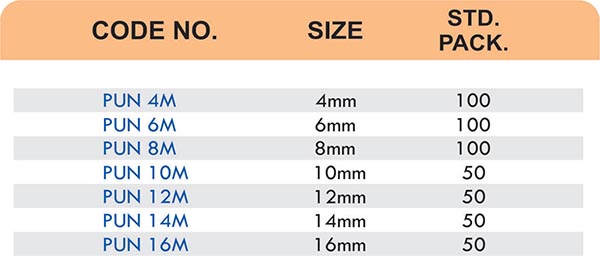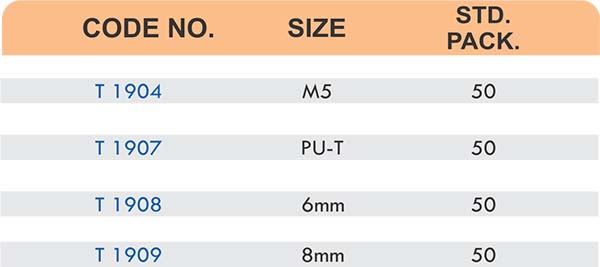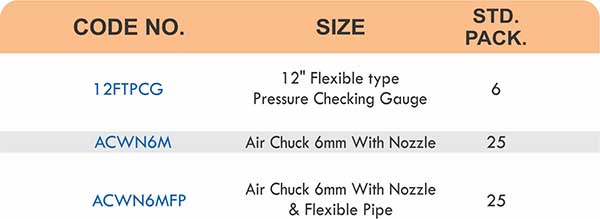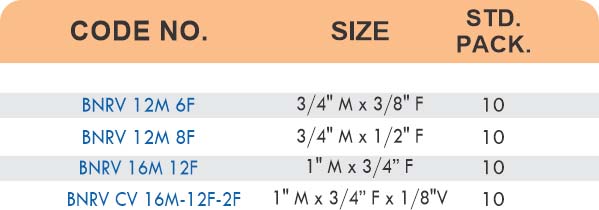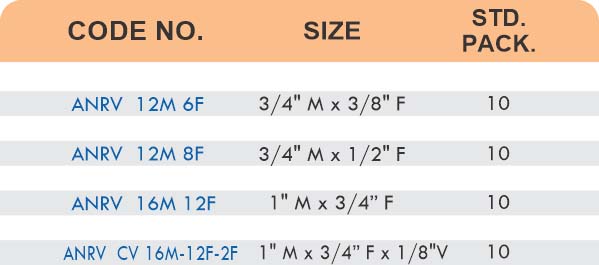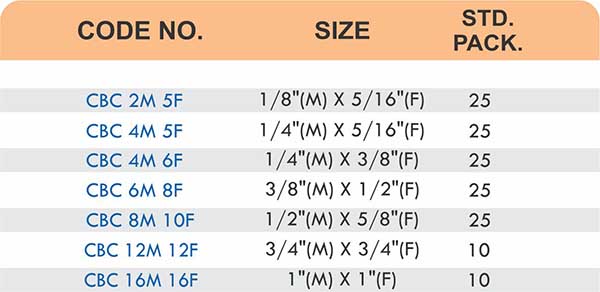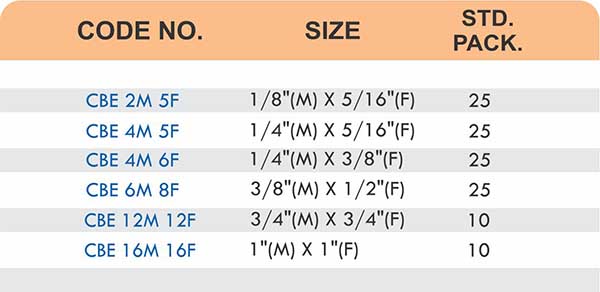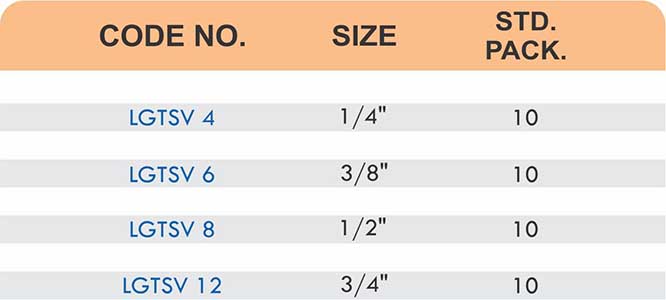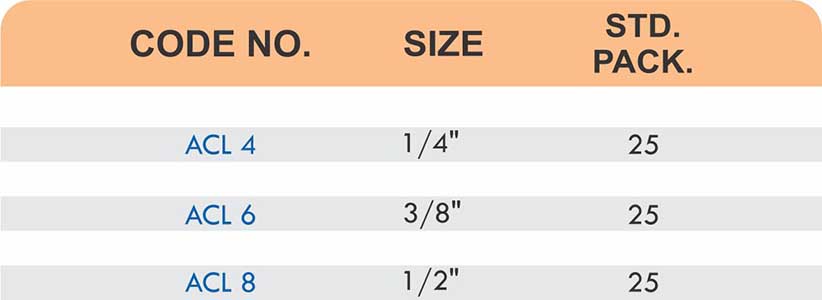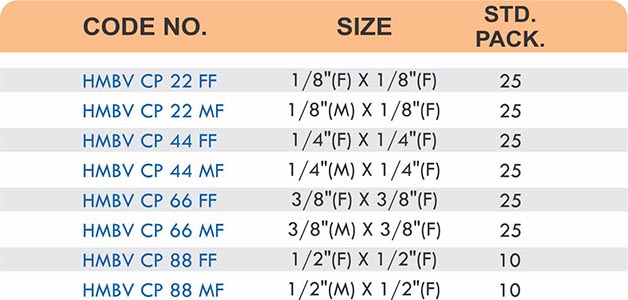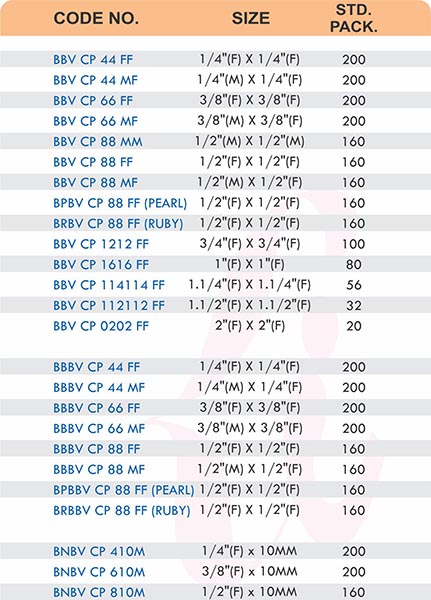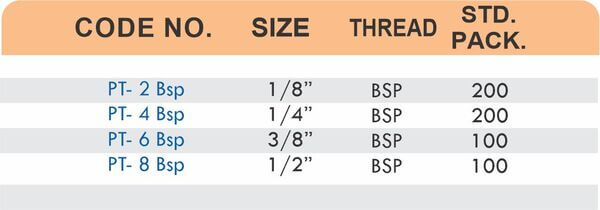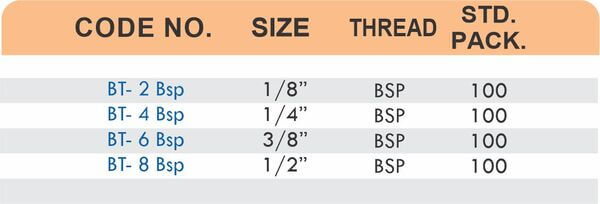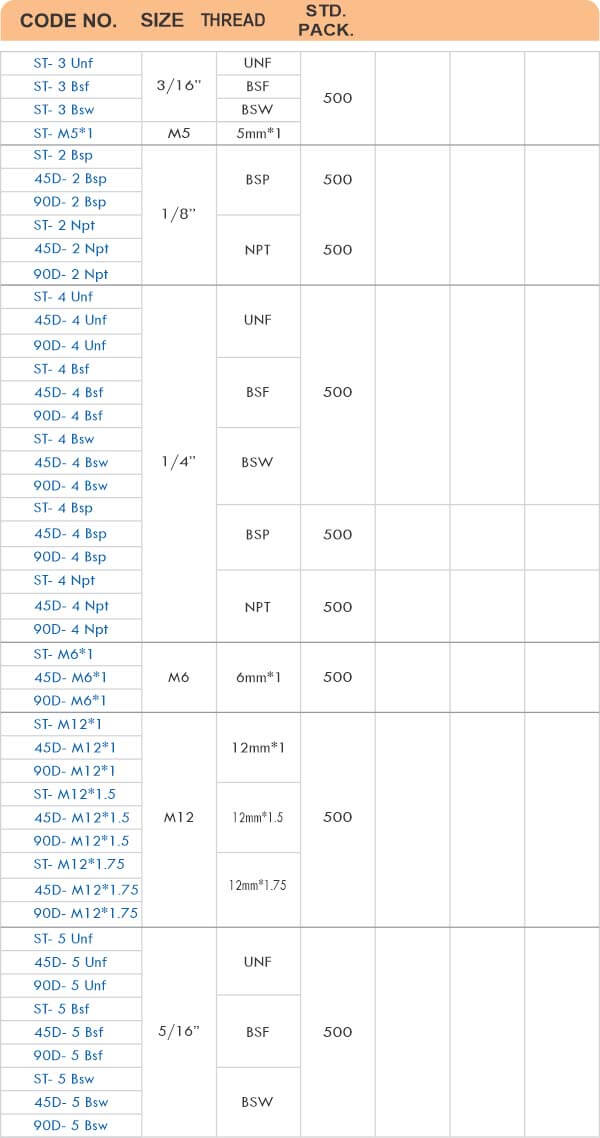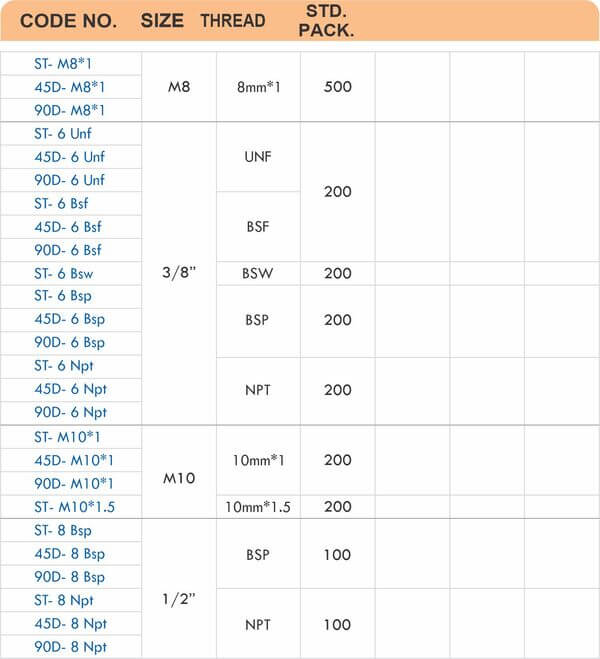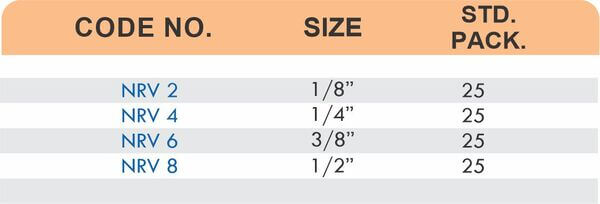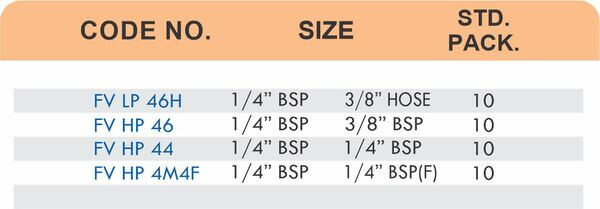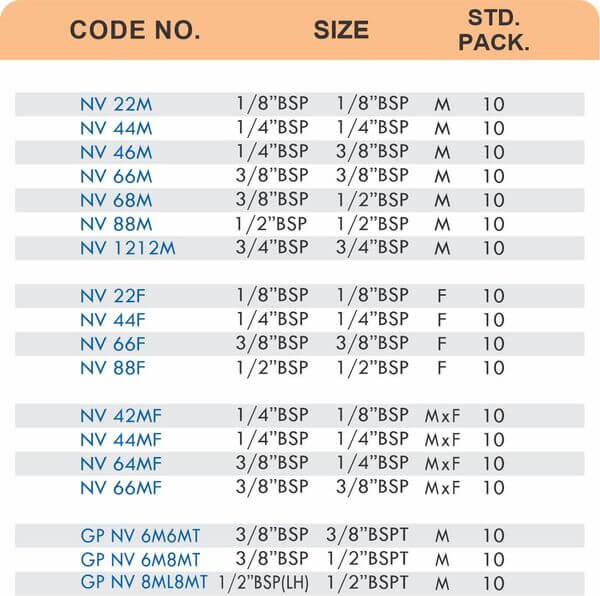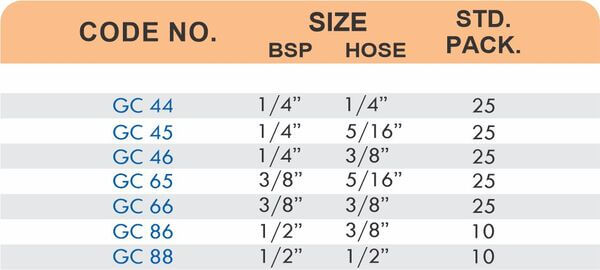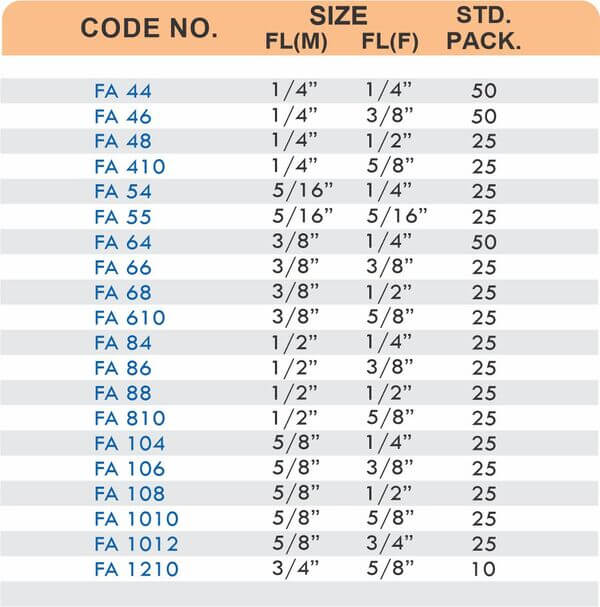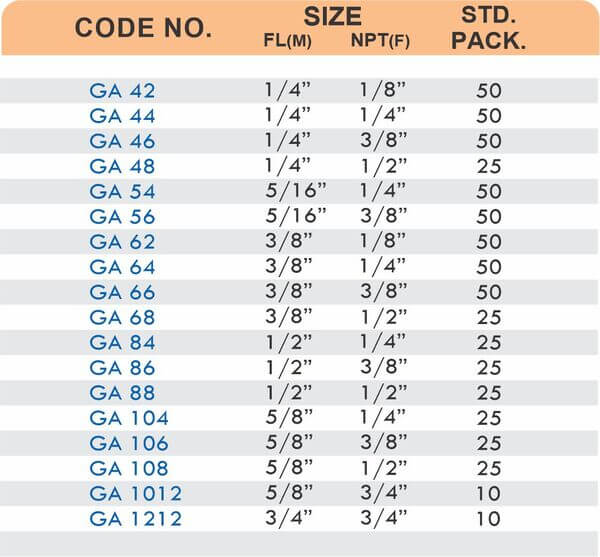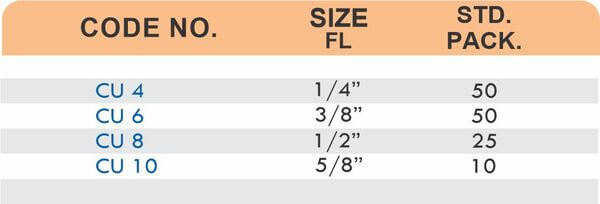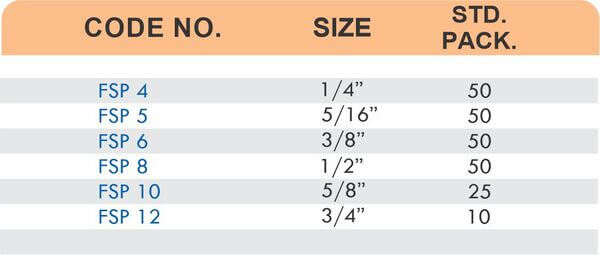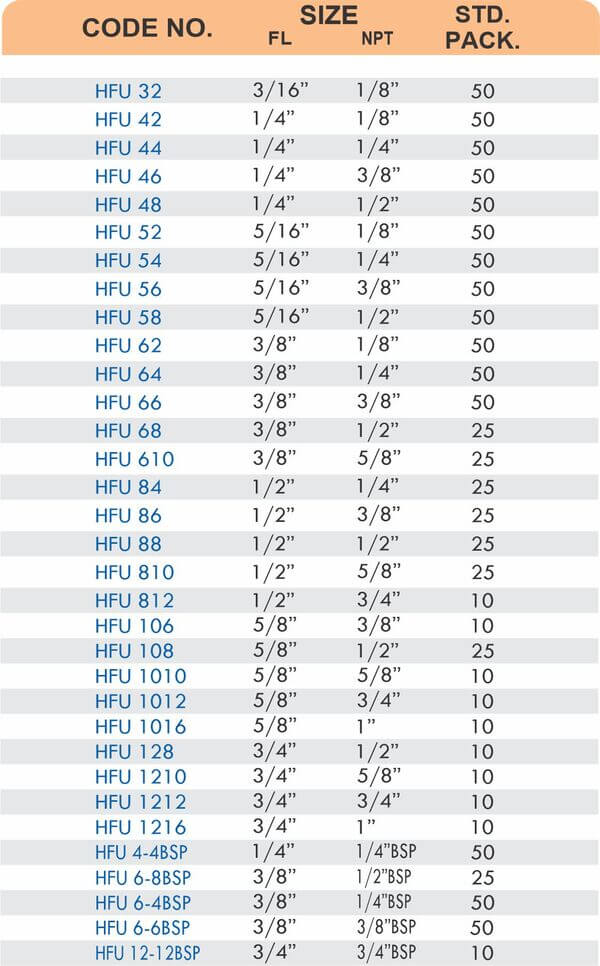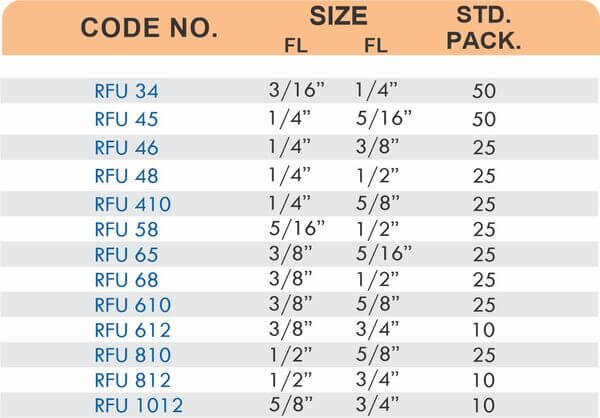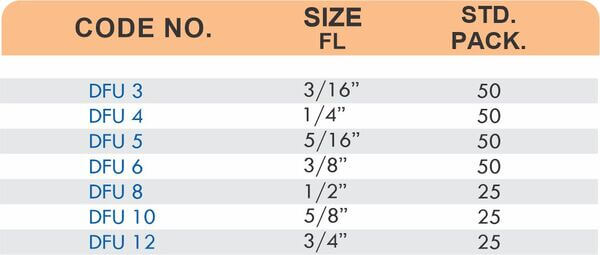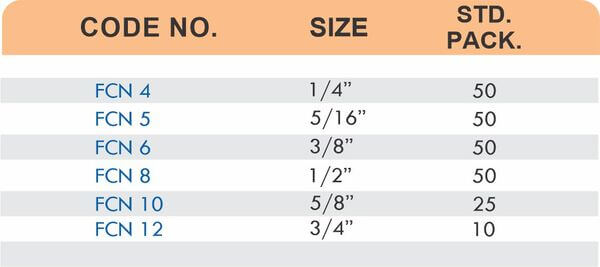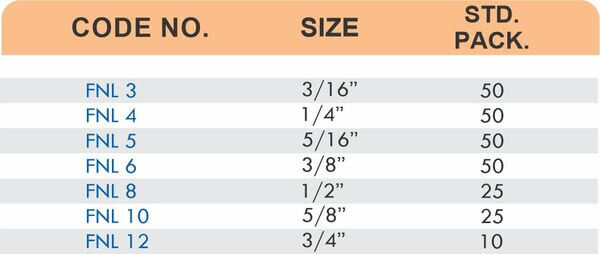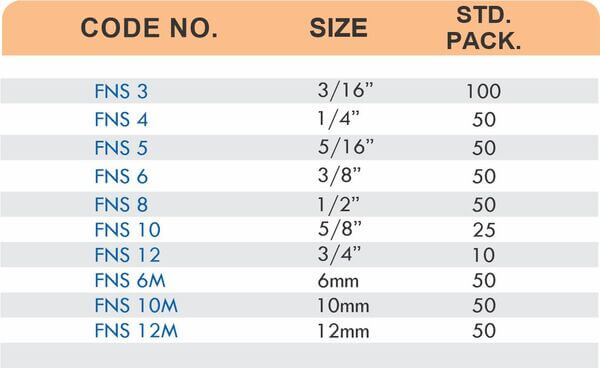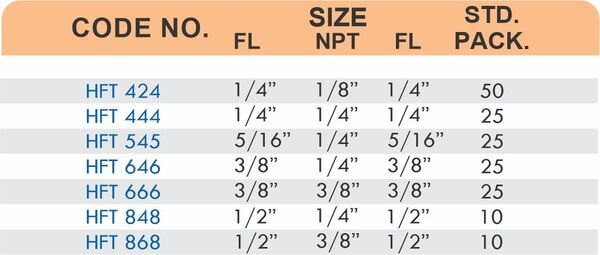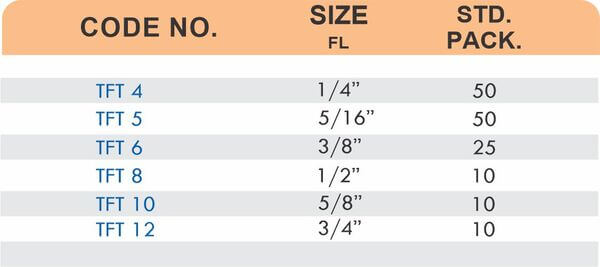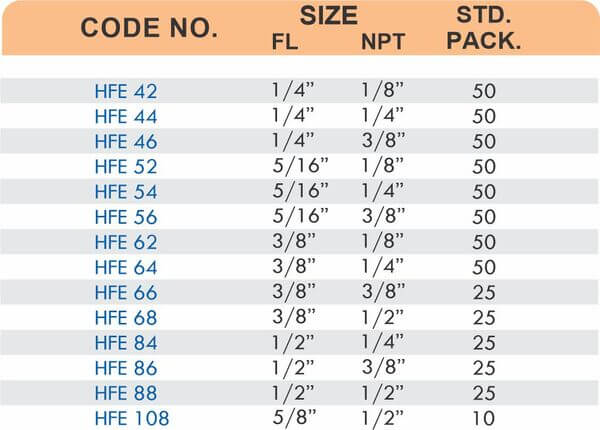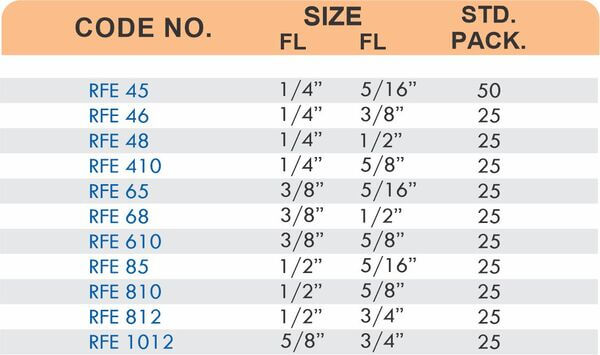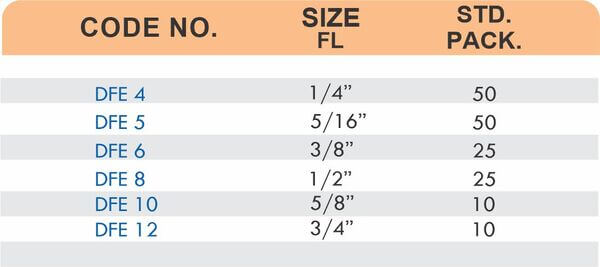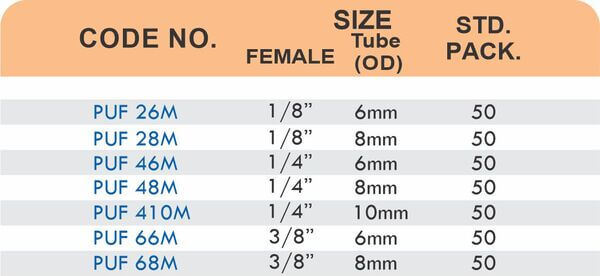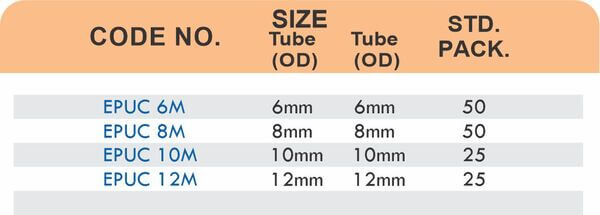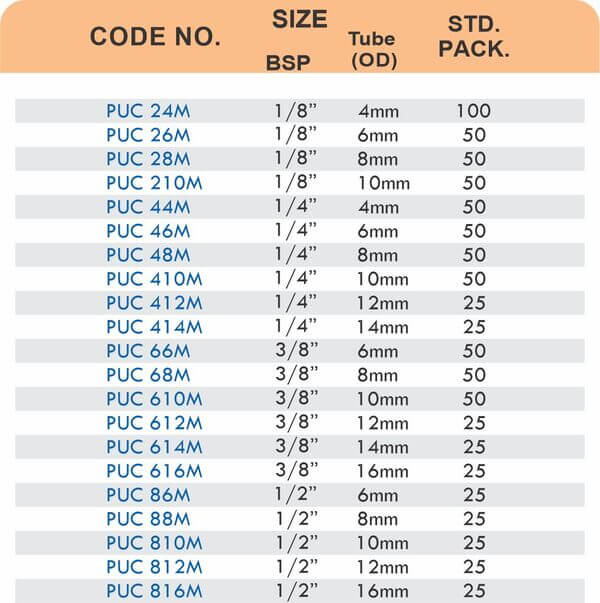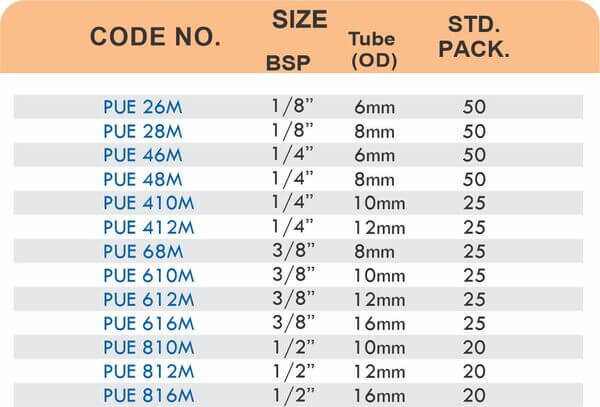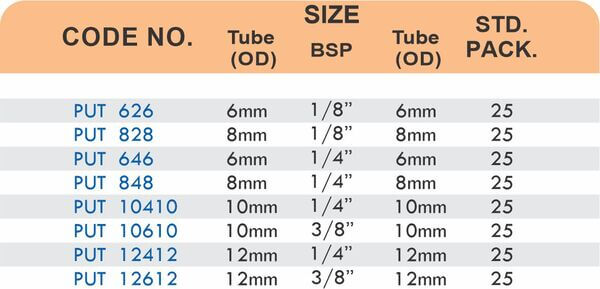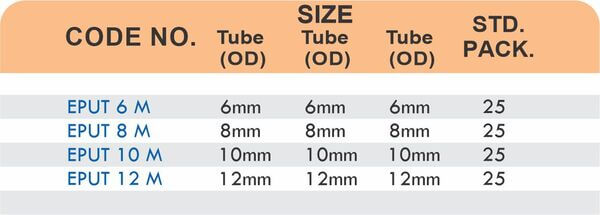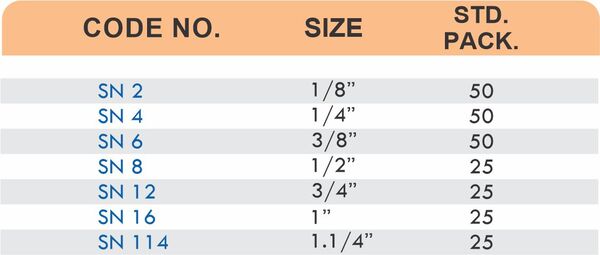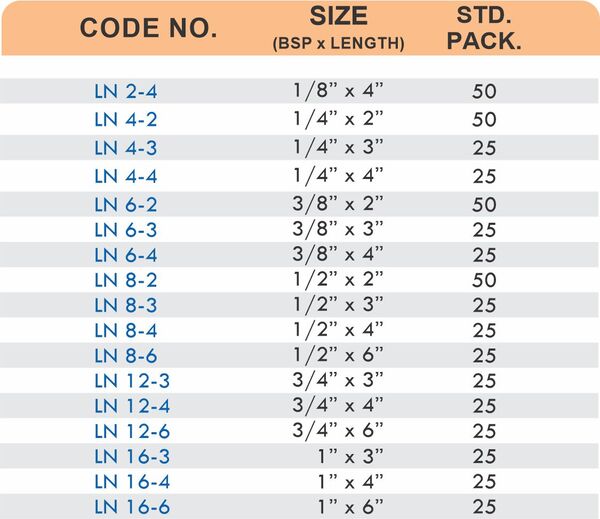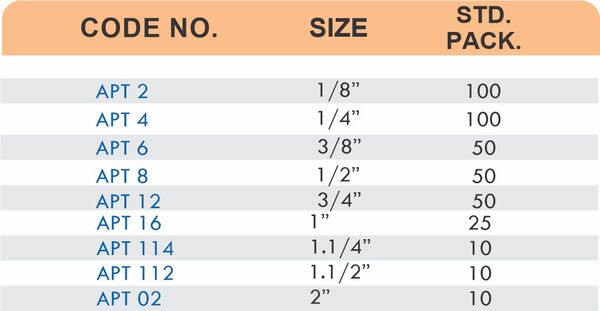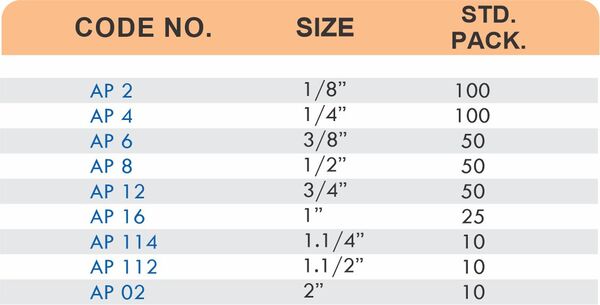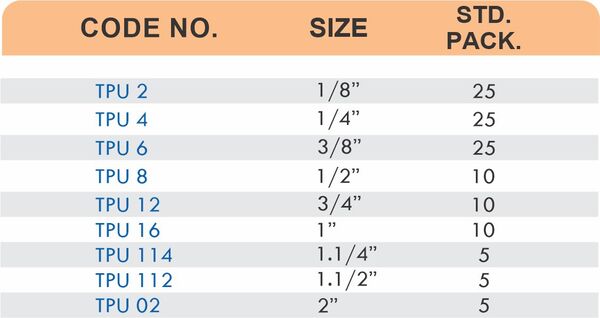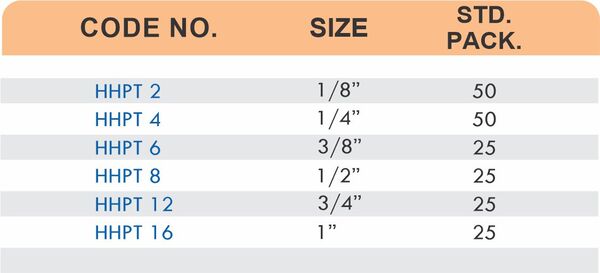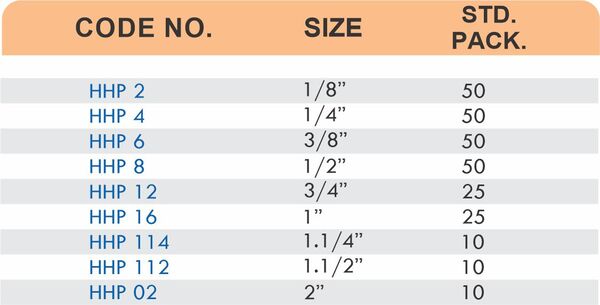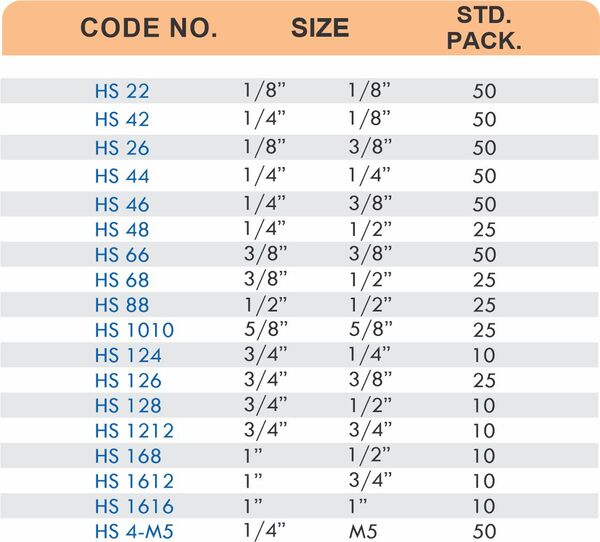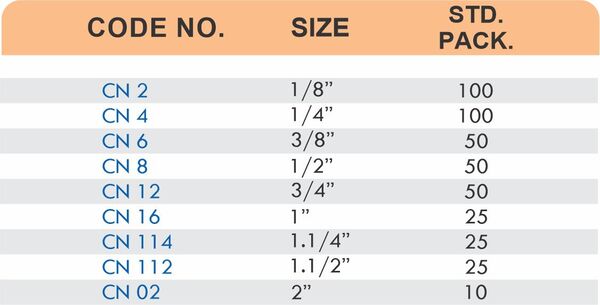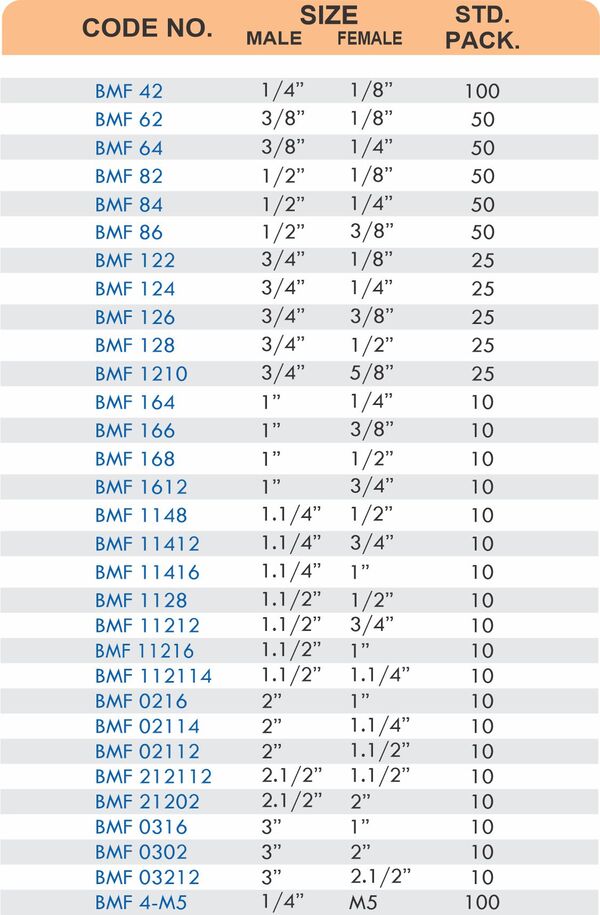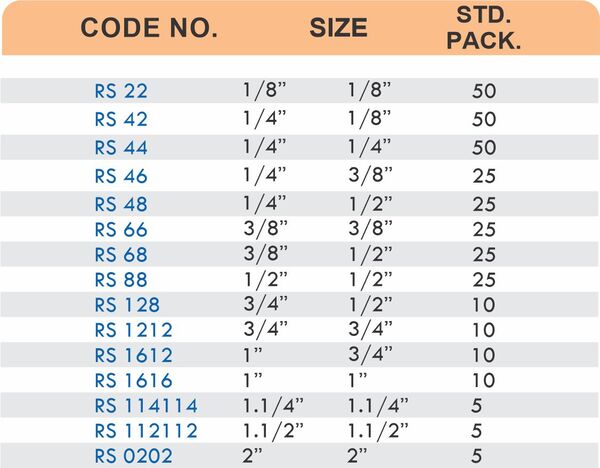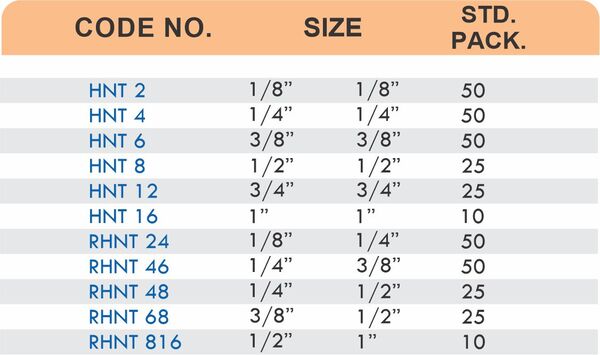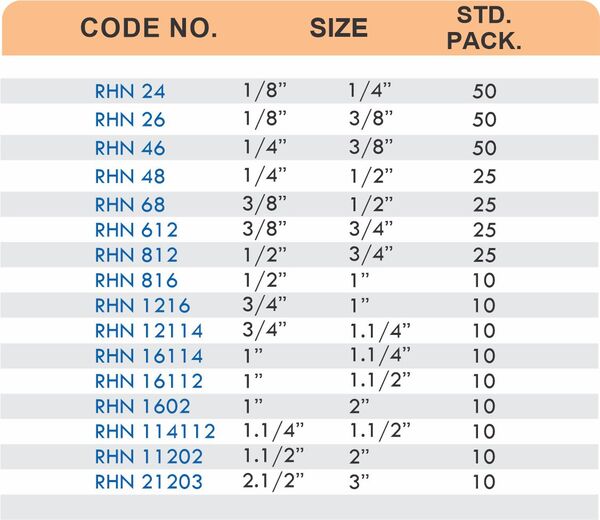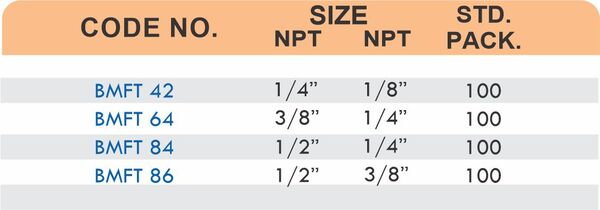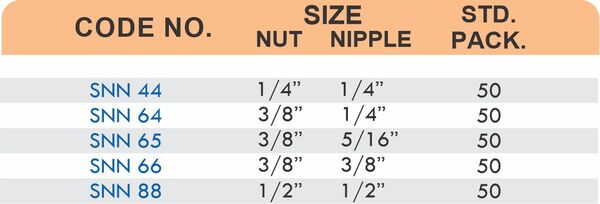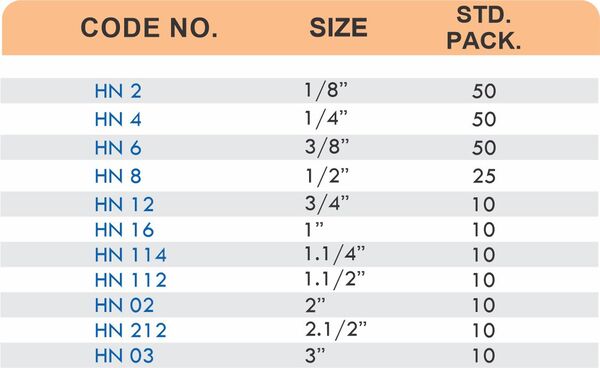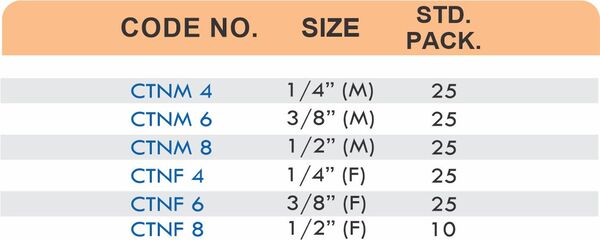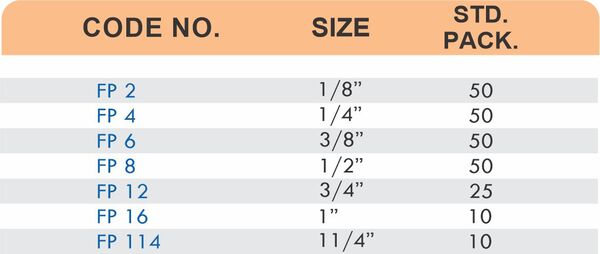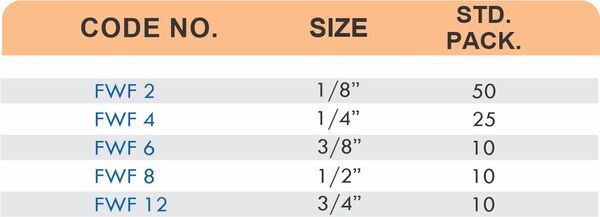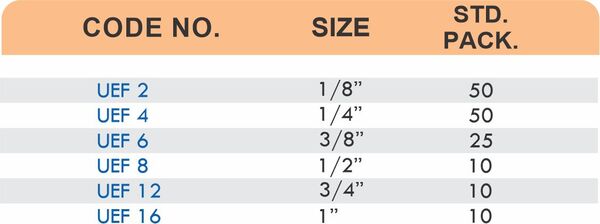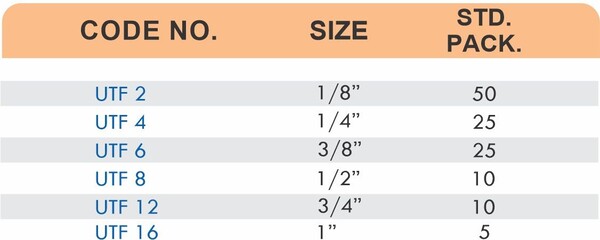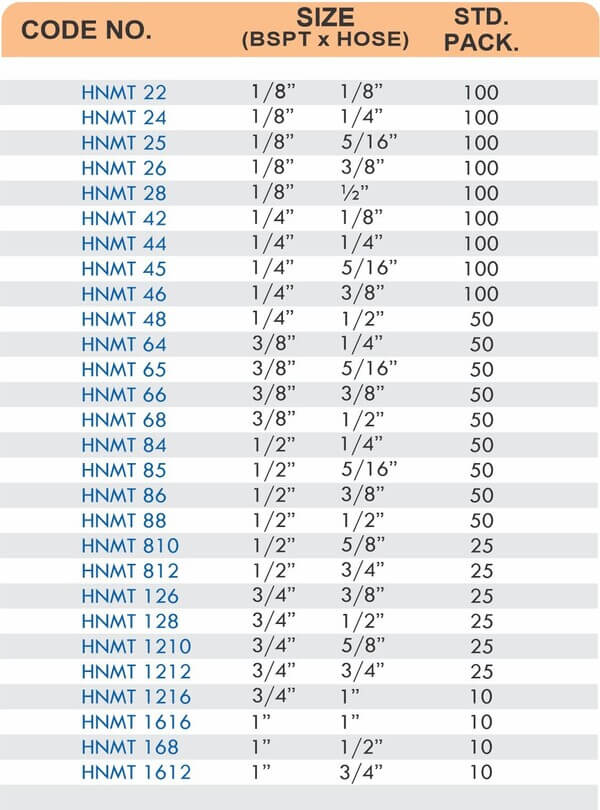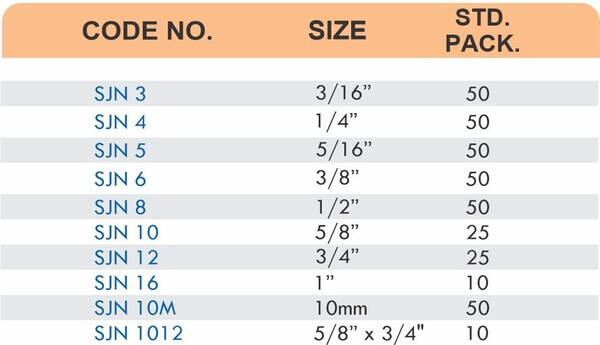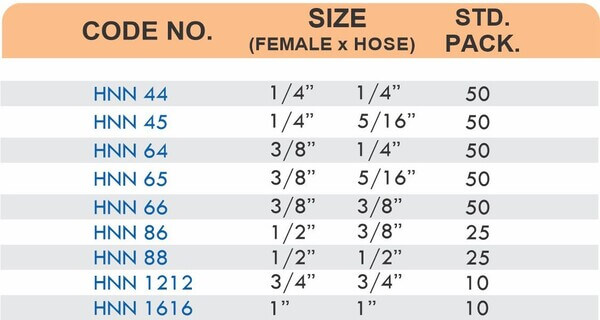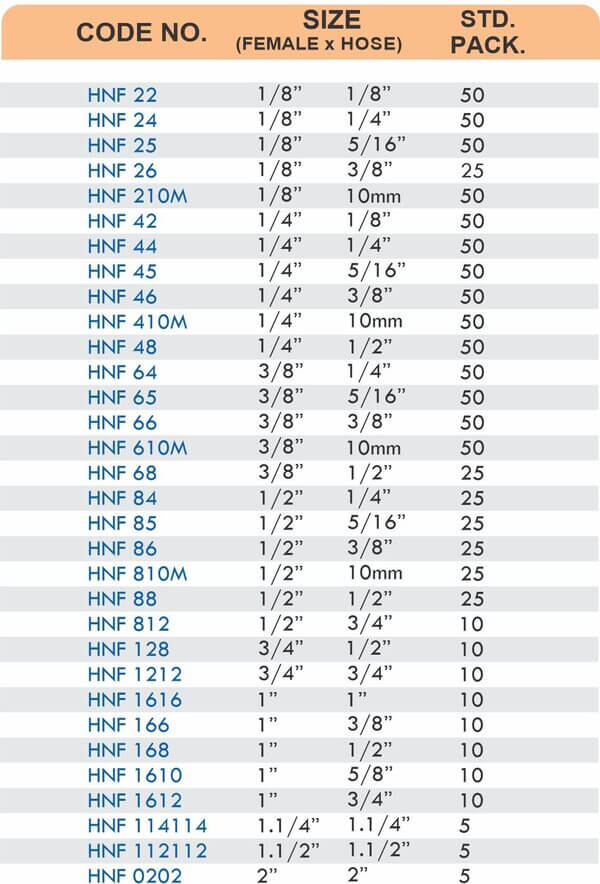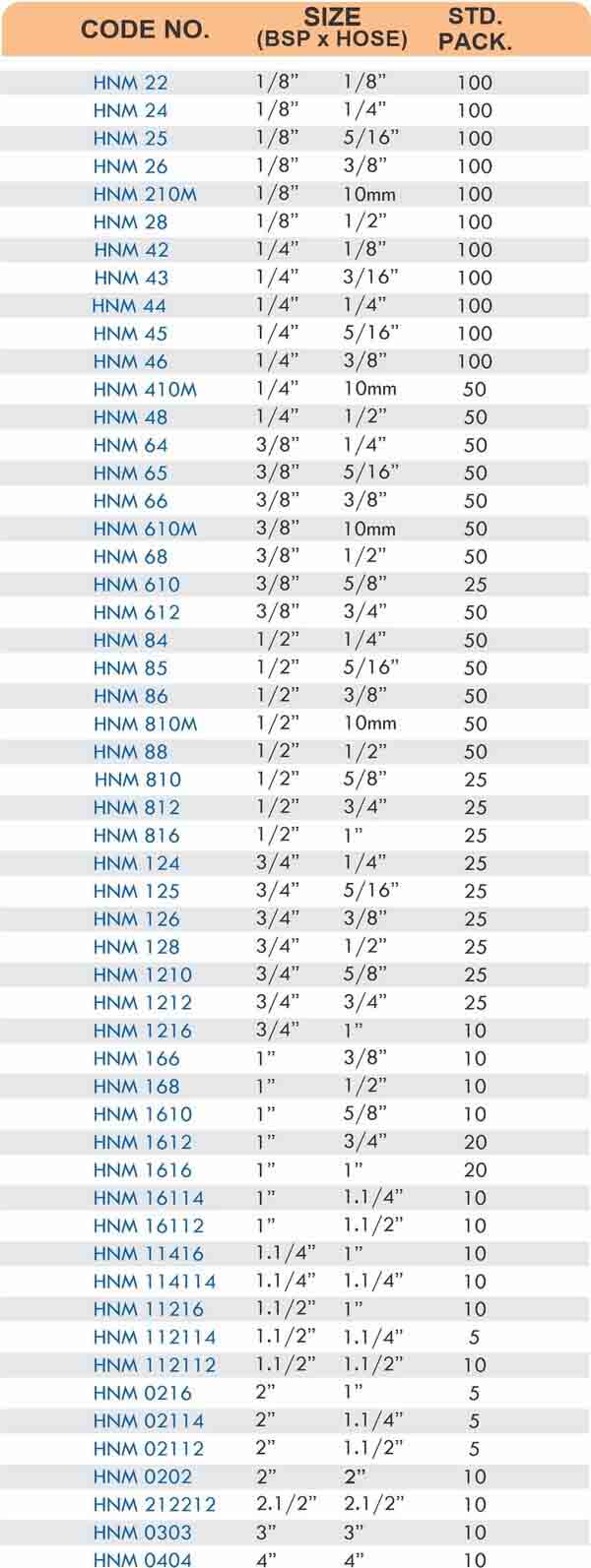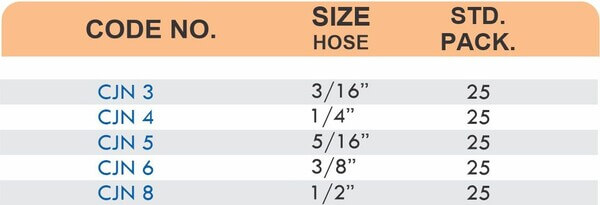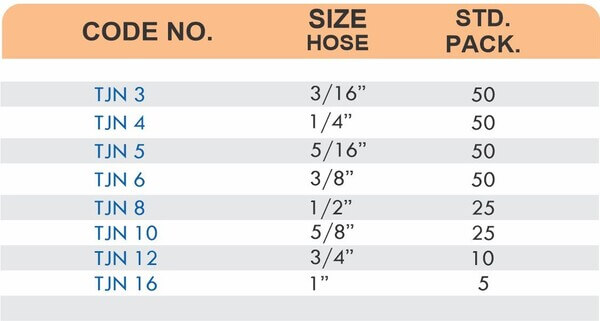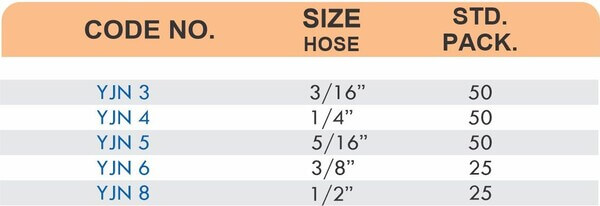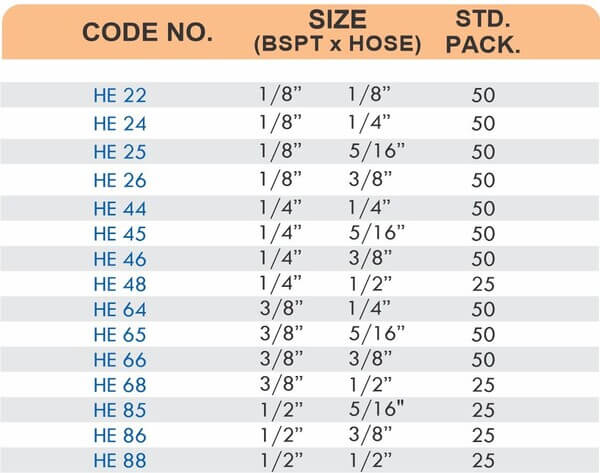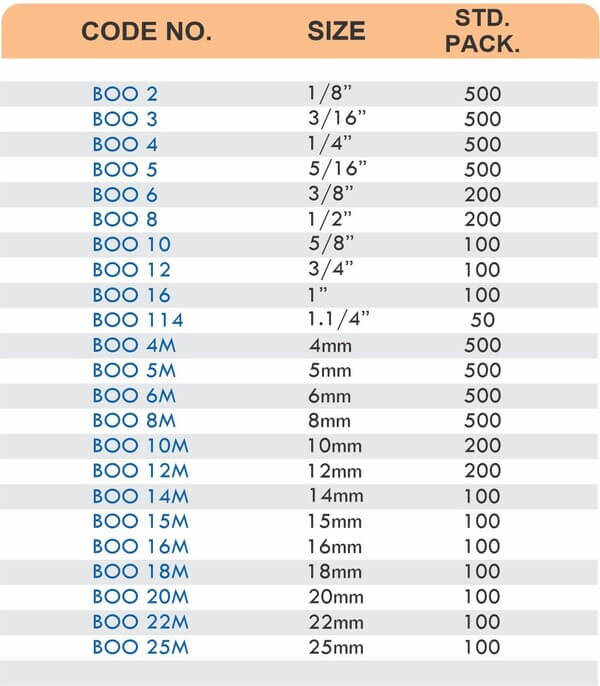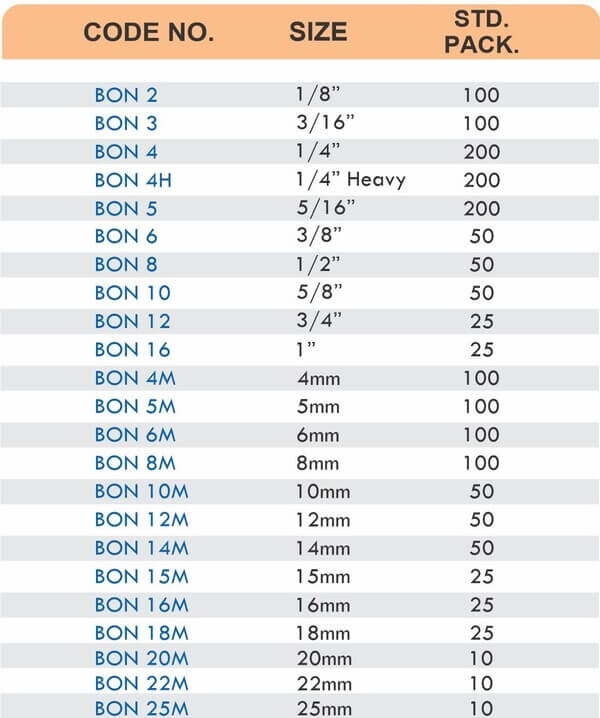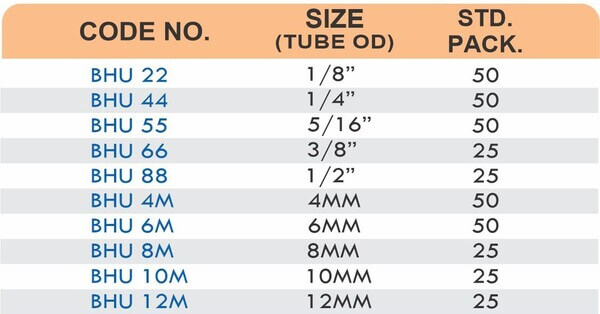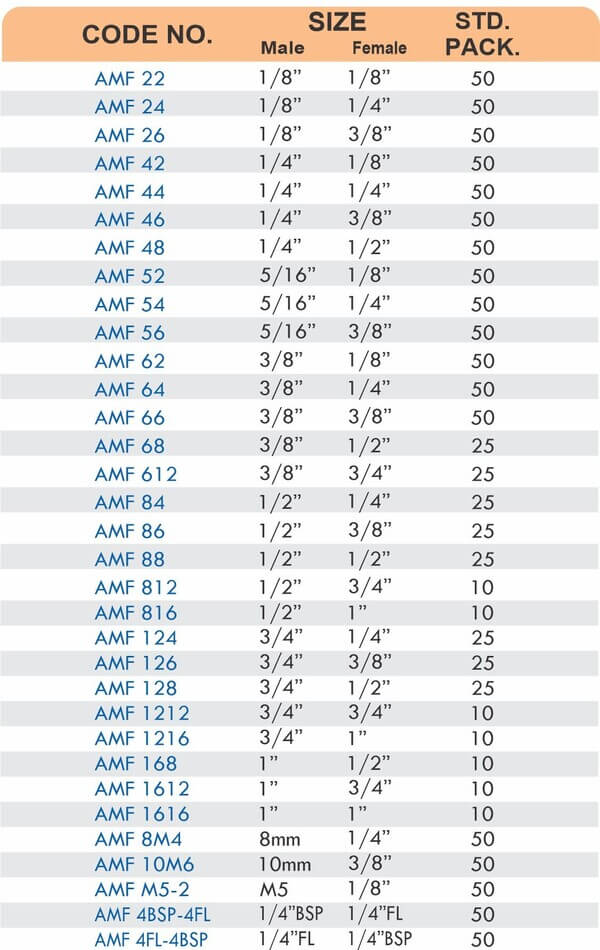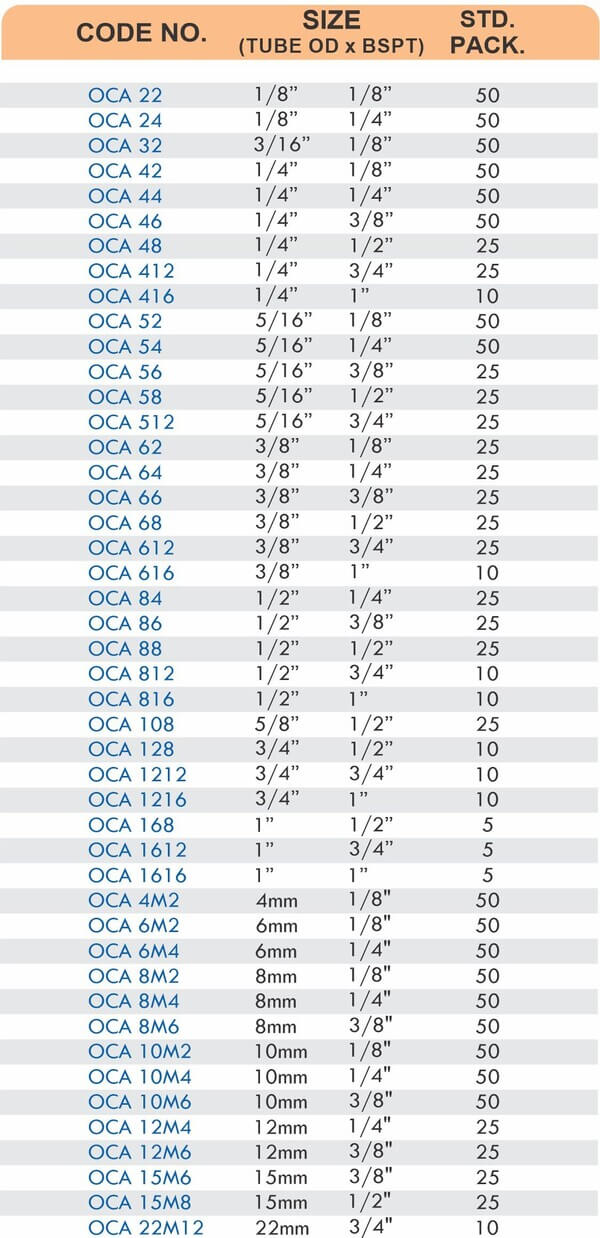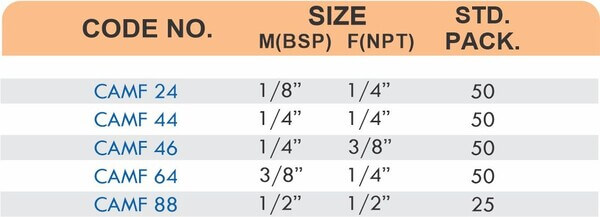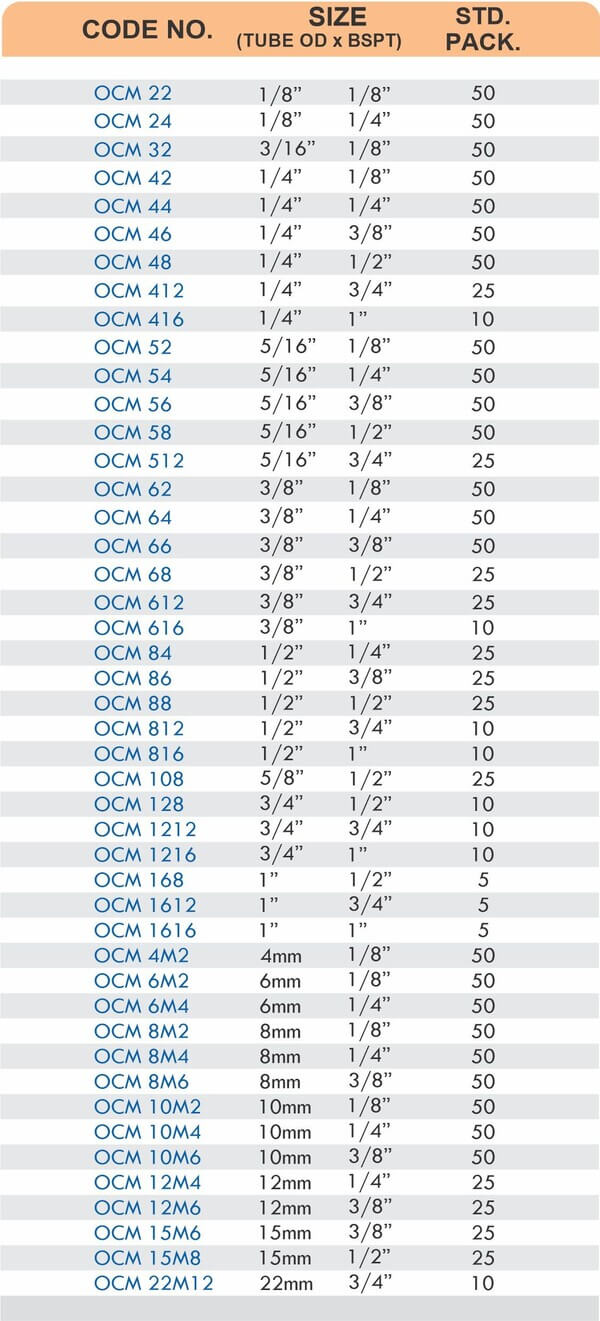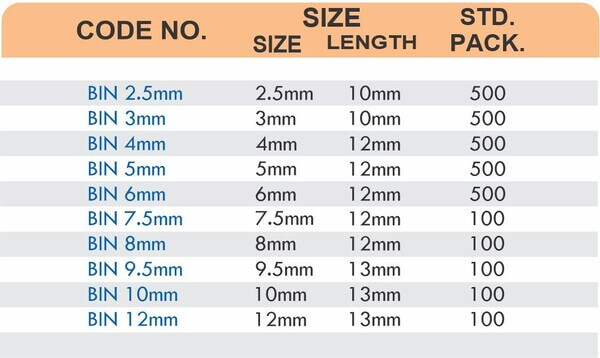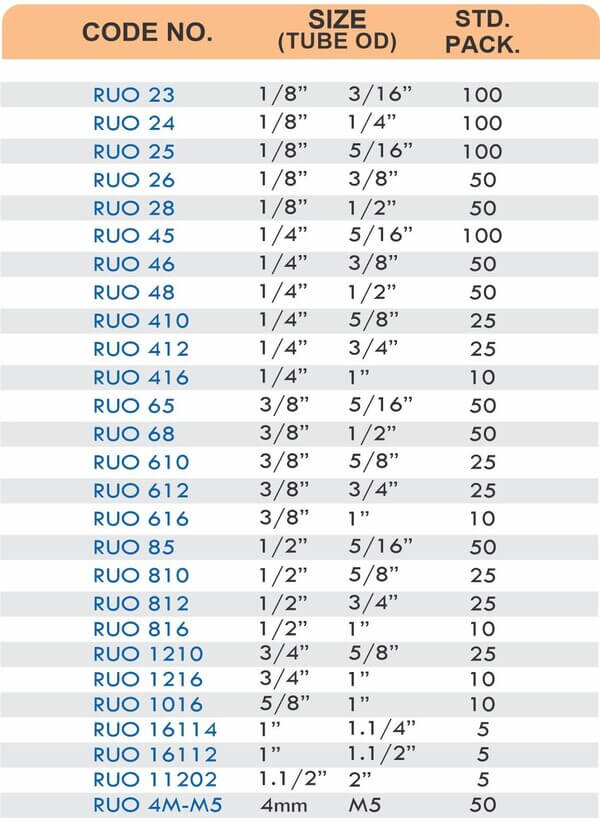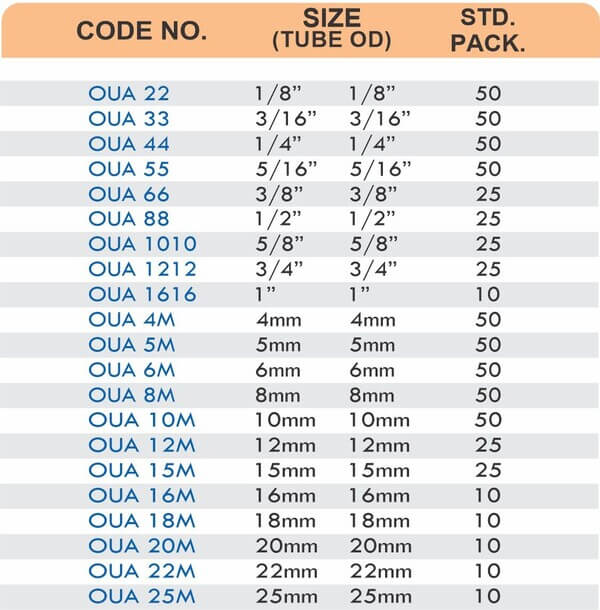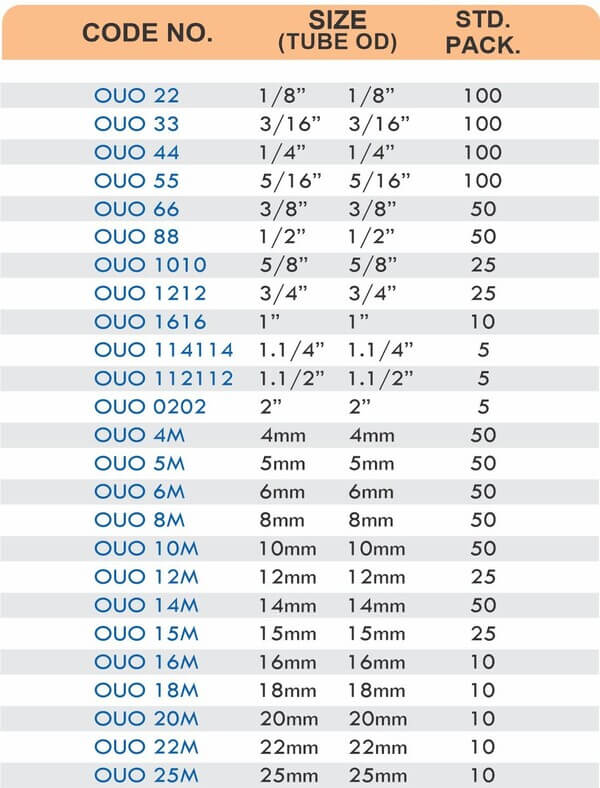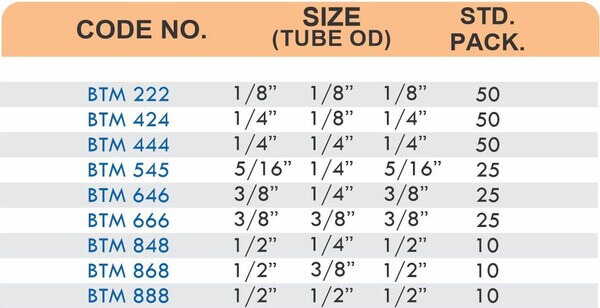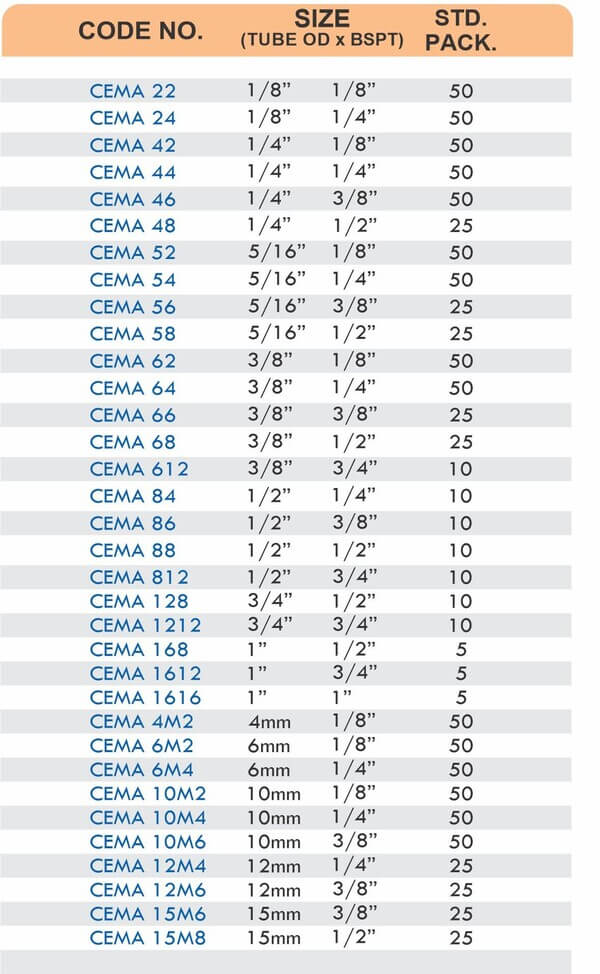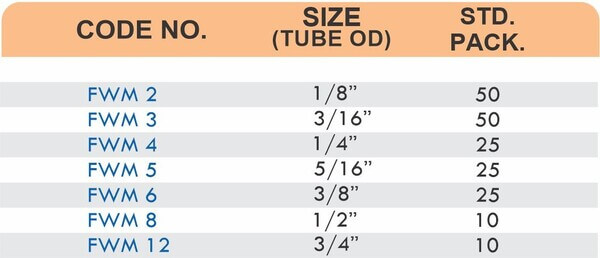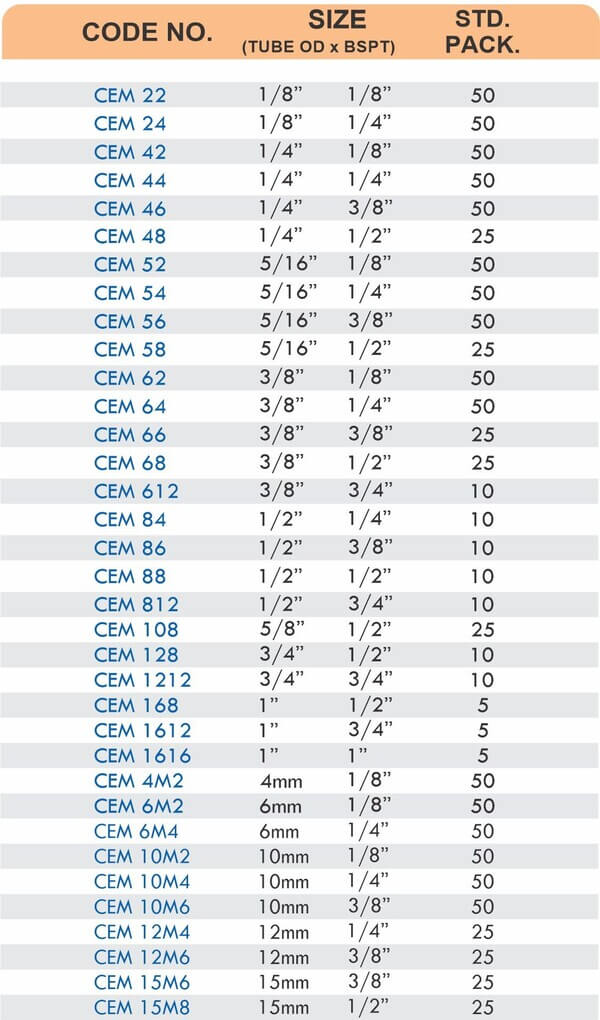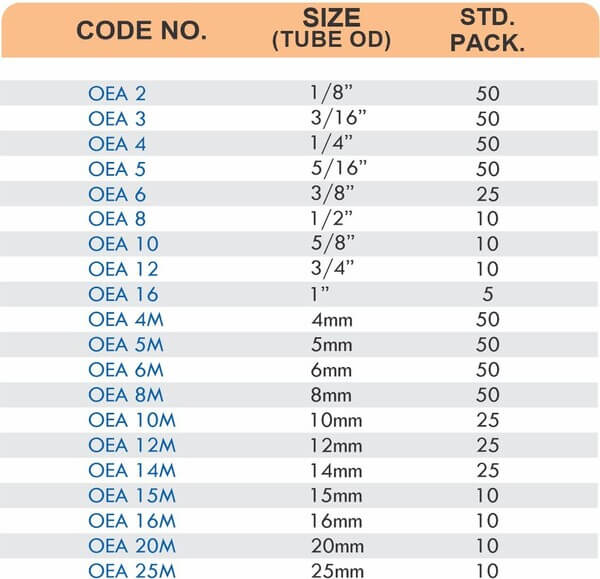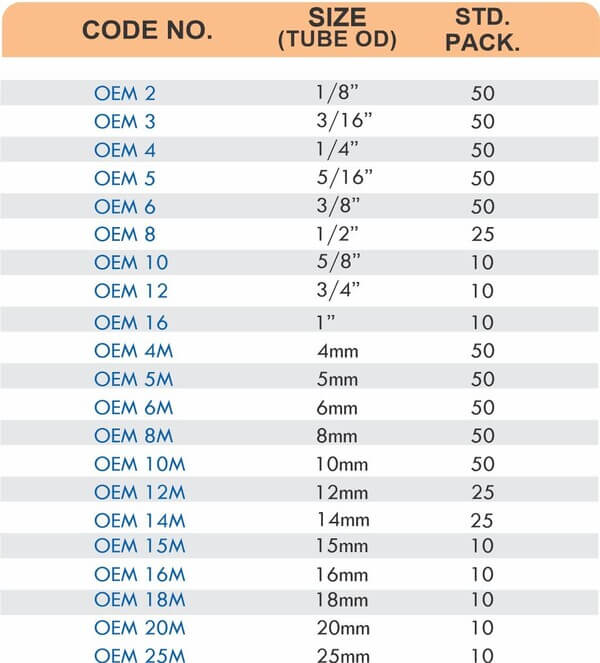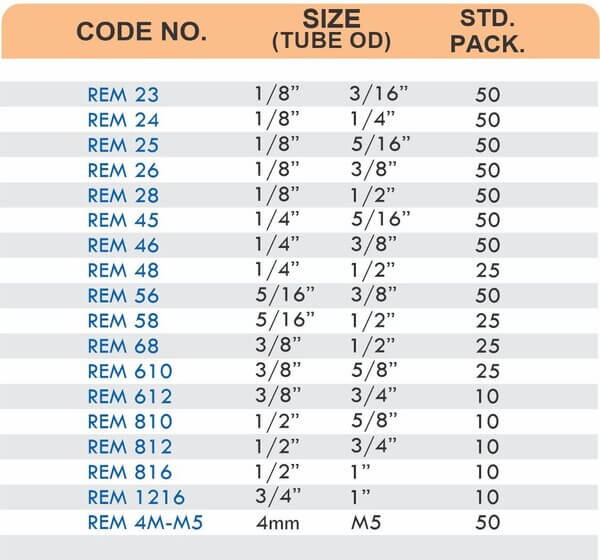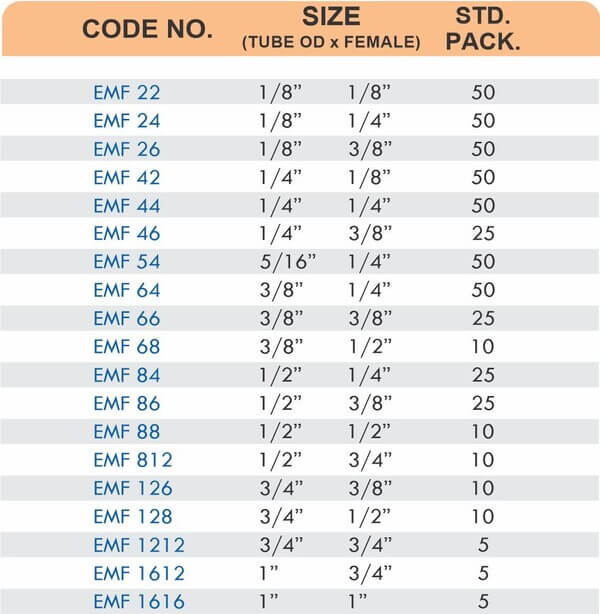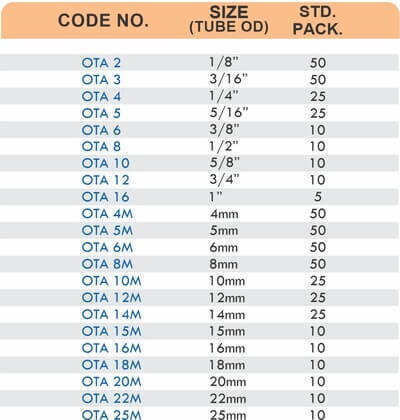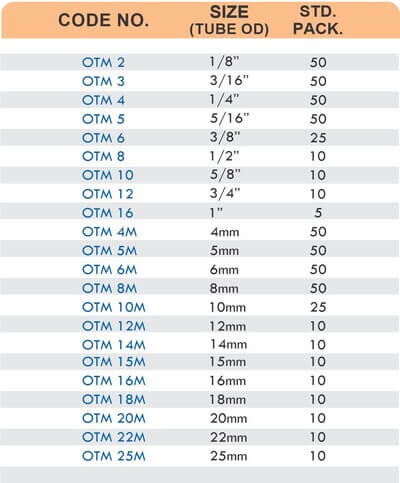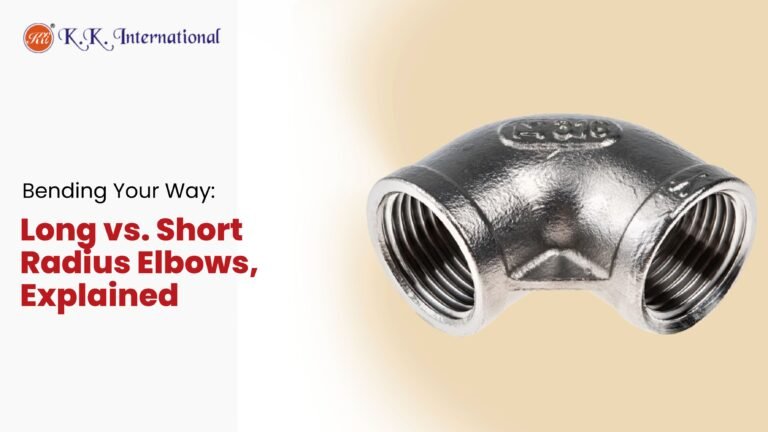
Bending Your Way: Long vs. Short Radius Elbows, Explained
Elbows are fundamental components in piping systems, designed to redirect flow while maintaining system integrity and efficiency. Choosing the right elbow type is crucial to optimize performance based on space, pressure, and maintenance needs. This guide explains the differences, applications, and key advantages of long radius and short radius elbows, empowering engineers and buyers with nuanced insights.
What Is an Elbow Radius?
The elbow radius refers to the curvature length between the inlet and outlet of an elbow fitting. This design factor determines flow patterns, pressure losses, and the physical space required for installation. Elbows are classified by the ratio of their curvature radius (R) to the pipe diameter (D):
- Long Radius (LR) Elbow: Curvature radius is 1.5 times the nominal diameter (R = 1.5D).
- Short Radius (SR) Elbow: Curvature radius equals the nominal diameter (R = 1D).
Long Radius Elbow (LR Elbow): Features and Benefits
Design and Flow Characteristics
A long radius elbow features a more gradual curve, providing smoother fluid flow with less resistance and minimal turbulence. This configuration is highly suitable for high-flow and high-pressure applications where efficiency matters.
Key Advantages
- Reduced Pressure Drop: The gentle bend offers less resistance, maintaining system efficiency.
- Improved Flow Efficiency: Supports high-speed flows and protects sensitive processes.
- Lower Turbulence and Wear: The even curve reduces internal wear and erosion in the piping system.
- Enhanced Versatility: Can be installed in both low and high-pressure pipelines.
Common Applications
- Oil and gas pipelines
- Power generation plants
- Chemical processing facilities
- HVAC systems
- Pneumatic conveying where smooth flow is paramount.
Short Radius Elbow (SR Elbow): Features and Benefits
Design and Space Advantages
Short radius elbows have a tighter bend, making their overall footprint more compact. Although they create higher turbulence and pressure drops, their small size suits installations where space and budget constraints are dominant.
Key Advantages
- Space Efficiency: Ideal for crowded layouts and confined mechanical rooms.
- Cost-Effectiveness: Uses less material, typically priced lower than LR elbows.
- Sharper Direction Change: Suitable for specific mechanical designs and retrofits.
Common Applications
- Marine piping systems
- Plumbing in restricted areas
- Compact industrial setups
- Skid-mounted and HVAC systems.
Comparative Performance: Flow, Pressure, and Maintenance
Impact on Flow and Pressure Drop
- Long Radius Elbows: Provide gentler flow transition, maintaining higher efficiency and lower energy loss.
- Short Radius Elbows: Cause more flow turbulence and greater pressure loss, impacting high-performance pipelines.
Wear and Durability
LR elbows display reduced wear and corrosion due to minimized flow resistance, resulting in longer service life and lower maintenance costs.
System Maintenance
Long radius elbows enable better access for cleaning and inspection. SR elbows may limit maintenance in tight locations, potentially raising downtime and costs.
Material and Manufacturing Insights
Elbows are manufactured in a variety of materials including:
- Carbon Steel: Versatile, suitable for most industry sectors.
- Stainless Steel: Excellent for corrosive environments and high temperatures.
- Alloy Steel: Used in specialized, high-stress applications.
- Custom Materials: For food, chemical, or pharmaceutical grade installations.
Manufacturing advances allow elbows to be tailored for different radii, pressure ratings, and system needs.
Radius Selection: How to Choose the Right Elbow
Core Considerations
- Space Availability: SR elbows for tight spaces; LR elbows for unobstructed layouts.
- Flow Efficiency Needs: LR elbows for critical systems requiring smooth, efficient flow.
- Budget Constraints: SR elbows may be preferred for cost savings.
- System Pressure: LR elbows for high-pressure and velocity; SR elbows for low-pressure fluids.
Advanced Selection Criteria
- Degree of Bend: Common options are 45°, 90°, and 180°, with custom angles for unique installations.
- Material Compatibility: Match elbow material to transported media for chemical resistance and performance.
- Standard Compliance: Ensure elbows meet global codes like ASME, DIN, or ISO.
Application-Specific Strategies
Energy Pipeline Systems
Long radius elbows minimize energy loss, reduce maintenance, and extend pipeline life in energy and petrochemical sectors.
Industrial Skids and HVAC
Short radius elbows fit compact machines and crowded utility rooms, balancing space with functional efficiency.
Pneumatic Conveying Systems
Wear protection is critical in pneumatic transport. LR elbows offer gentler curves for reduced degradation in bulk solids; SR elbows may suit special handling requirements like sticky or delicate materials.
Expert Tips for Optimizing Elbow Selection
- Consult system diagrams and space constraints before specifying elbow type.
- For systems carrying abrasive or corrosive materials, consider LR elbows in wear-resistant alloys.
- Prioritize LR elbows for critical flowpaths and SR elbows for branch lines or non-sensitive flow routes.
- Always confirm dimensional tolerances and pressure ratings from manufacturers.
Frequently Asked Questions
Q: How do I distinguish LR from SR elbows during installation?
A: Measure the curvature radius and compare to the nominal diameter; LR = 1.5D, SR = 1D.
Q: Are LR elbows more difficult to install?
A: They require more space but usually aid installation in larger pipelines due to smoother bends.
Q: Which elbow type is standard if not specified?
A: LR elbows are commonly defaulted unless SR is required for a specific reason.
Conclusion
Understanding the crucial differences between long radius and short radius elbows makes a significant impact on piping system performance, durability, and cost-effectiveness. Whether prioritizing smooth flow and low maintenance or addressing tight installation needs and budget constraints, the right elbow selection optimizes operations across industries.
K K INTERNATIONAL delivers expertise and flexibility in supplying elbows tailored to every project specification, ensuring peak system reliability and long-term value.

